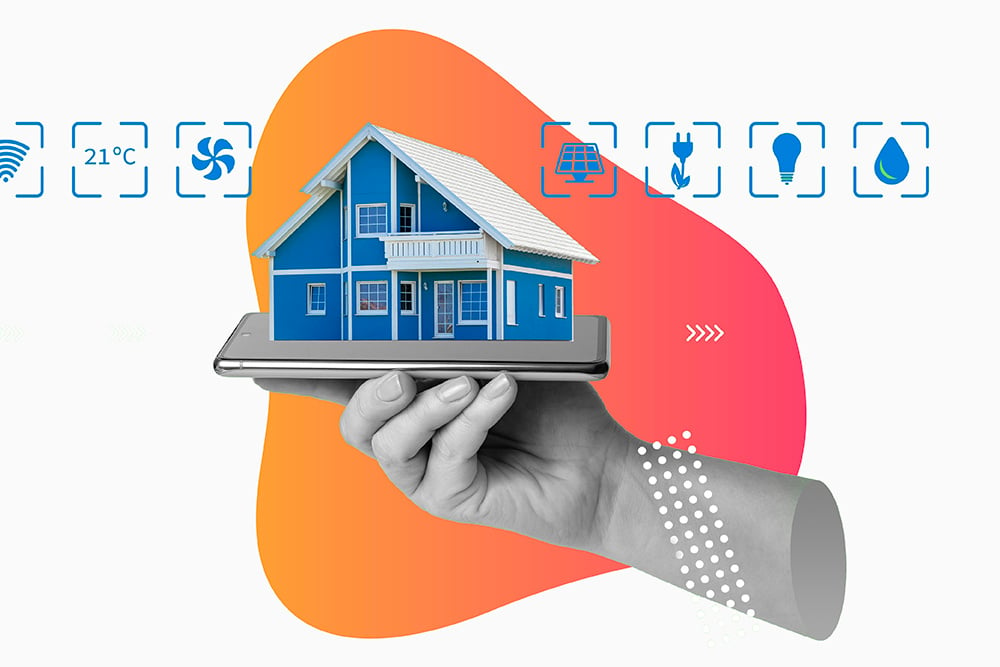Field Service Management: What Makes ServicePower Stand Out
ServicePower is a leading provider of field service management software. Likewise, ServicePower has been recognized as a Visionary for the fifth time...

Is your insurance field service organization currently meeting industry KPIs? If not, chances are this gap in performance is going to continue to widen with time. However, by leveraging a digital solution with intelligent scheduling and comprehensive features, you can start to strategically improve the KPIs that matter most to the success of your organization right now.
The first step in improving these KPIs is understanding how the insurance industry has changed. Next, you will need to learn what your organization can do to catch up and how to implement these sweeping reforms. Luckily, this blog will cover all three of these critical steps.
Given the competitive nature of the industry and customers' tendency to shop around, having superior visibility into your metrics allows you to continuously evaluate your strengths and weaknesses.
In addition to helping to boost business performance, tracking P&C insurance KPIs also ensures you meet your regulatory obligations. For example, some information must be reported to state oversight bodies for solvency and market conduct reviews. Demonstrating strong performance through measurable outcomes helps assure regulators that customer needs are adequately addressed. Consistent assessment of indicators is therefore essential for effective business management and regulatory compliance in the property and casualty field.
Some of the most frequently monitored and impactful metrics include:
Delivering outstanding service is pivotal to cultivating loyalty and growth. Insurers closely track these KPIs to understand the customer experience:
Streamlined operations reduce costs, maximize productivity, and boost profits. Core operational P&C KPIs include:
Actively tracking financial indicators is essential for assessing profitability, pricing accuracy, and risk exposure. Key financial P&C KPIs include:
Strict regulations and consequences for non-compliance such as penalties or loss of business make adherence and risk mitigation crucial objectives. The relevant KPIs to monitor are:
Technological advancements including Artificial Intelligence (AI), Internet of Things (IoT), and innovative analytics have transformed the way insurance organizations can provide improved services at a reduced cost. This fast-paced digital transformation isn’t slowing down anytime soon and will continue influencing evolving standards and industry best practices.
At its core, as the industry continues to become smarter, your organization needs to keep up. Likewise, staying competitive in this changing landscape will require field service organizations to differentiate themselves in their competitive environments with products designed to streamline operations, reduce process complexity and costs, and manage compliance. So what can your field service organization do to keep up?
By investing in a comprehensive and intelligent P&C insurance software solution, your field service organization can keep up with the need for automated workflows, simpler products, and streamlined customer experiences. Likewise, Deloitte believes that these technological innovations can improve insurance workflows in the following ways:
However, not every solution can offer the same level of success, and your organization should look for a solution that can provide the 6 following features necessary to improve your P&C KPIs.
Optimized scheduling is essential to delivering quality service to policyholders at the local level. Likewise, P&C scheduling can make or break the ability to dispatch and manage jobs sent to loss adjusters, inspectors, or third-party contractors. With critical KPIs on the line, there’s no room for scheduling errors. That’s where comprehensive AI-driven scheduling comes in. By automating scheduling and simplifying this complex workflow for your P&C company, you can improve the KPIs integral to your success. For instance, intelligent scheduling can improve workforce utilization and productivity, expedite service timelines and meet customer’s increasing demands for quicker response times.
Providing a positive customer experience is a critical component to improving your P&C insurance KPIs. For instance, according to Salesforce research, 80% of customers say that the experience a company provides is as important as its products and services, with 57% reporting having stopped service with a company because a competitor provided a better experience. With customer experience playing such an important role in your success, you need to make sure that your customer experience reaches customers at every stage of the buyer’s journey. In addition, 88% of customers expect brands to have an online self-service customer portal. By providing policyholders with a state-of-the-art customer portal, you can ensure improvements for the customer experience and multiple P&C KPIs including service profitability and customer satisfaction.
With numerous adjusters, inspectors, and third-party contractors working in the field, being able to access real-time customer and policy data on the go is a big part of the job. This means that field workers need the appropriate tools to facilitate this process, and without them, the quality of services will suffer along with core business KPIs. Mobile app technology with real-time updates is the best tool to get the job done well. By providing field workers with the ability to access priority time-sensitive information from wherever they are, you enable them to curate the most efficient and accurate services, as well as the best customer experience.
Claims management can be complex, time-consuming, and prone to errors when done manually. With modern policyholders increasingly expecting quick turnaround times and more personalized policy processes, manual services just don’t cut it. For this reason, digital claims management is a key feature that your P&C organization should look for in field service management software. By empowering customers to check or make changes to their own policies, and allowing organizations to automate claims processing, digital claims management can streamline the entire claims management process. With increased efficiency, accuracy, and personalization, you can improve your claims management KPIs across the board.
Not all contractor management services cover the full spectrum of contractor management, often leaving out necessary functionalities such as recruiting or intelligent scheduling. When looking for P&C insurance software solutions with contractor management capabilities, make sure this is a truly comprehensive service that includes recruiting, intelligent scheduling, assessing, and payroll. By covering all of these bases, you set your company and contractors up for success, all while improving your KPIs.
Data-driven decision-making is the backbone of modern business, fueling informed and insightful business strategies. However, leveraging data-driven decision-making is nearly impossible without access to accurate, reliable, and real-time data. That’s why you need a software suite that intelligently collects and analyzes data across your entire P&C organization for you, presenting actionable insights in a user-friendly dashboard. In order to improve your P&C insurance KPIs to stay competitive in the marketplace, you need to utilize real-time reporting and analytics, and the sooner you can start using them the better.
ServicePower’s field service management suite is a “best fit” for the Property & Casualty Insurance segment. Moreover, it is a comprehensive solution designed to help improve KPIs in the P&C Segment and includes the following features: intelligent scheduling, customer engagement, mobile tech enablement, digital claims management processing, comprehensive contractor management capabilities, and real-time reporting and analytics.
By investing in intelligent software, you can make sweeping technological changes across your organization and start to close the gap in your core business KPIs.
Start improving your P&C insurance KPIs now and in the future - book a demo today.

ServicePower is a leading provider of field service management software. Likewise, ServicePower has been recognized as a Visionary for the fifth time...

Warranty management software ensures that the warranty promise that you made to your customers on their purchases is protected. We all hope that a...

In the field service industry, most companies aim to delight their customers by providing service excellence. While this may sound simple enough,...